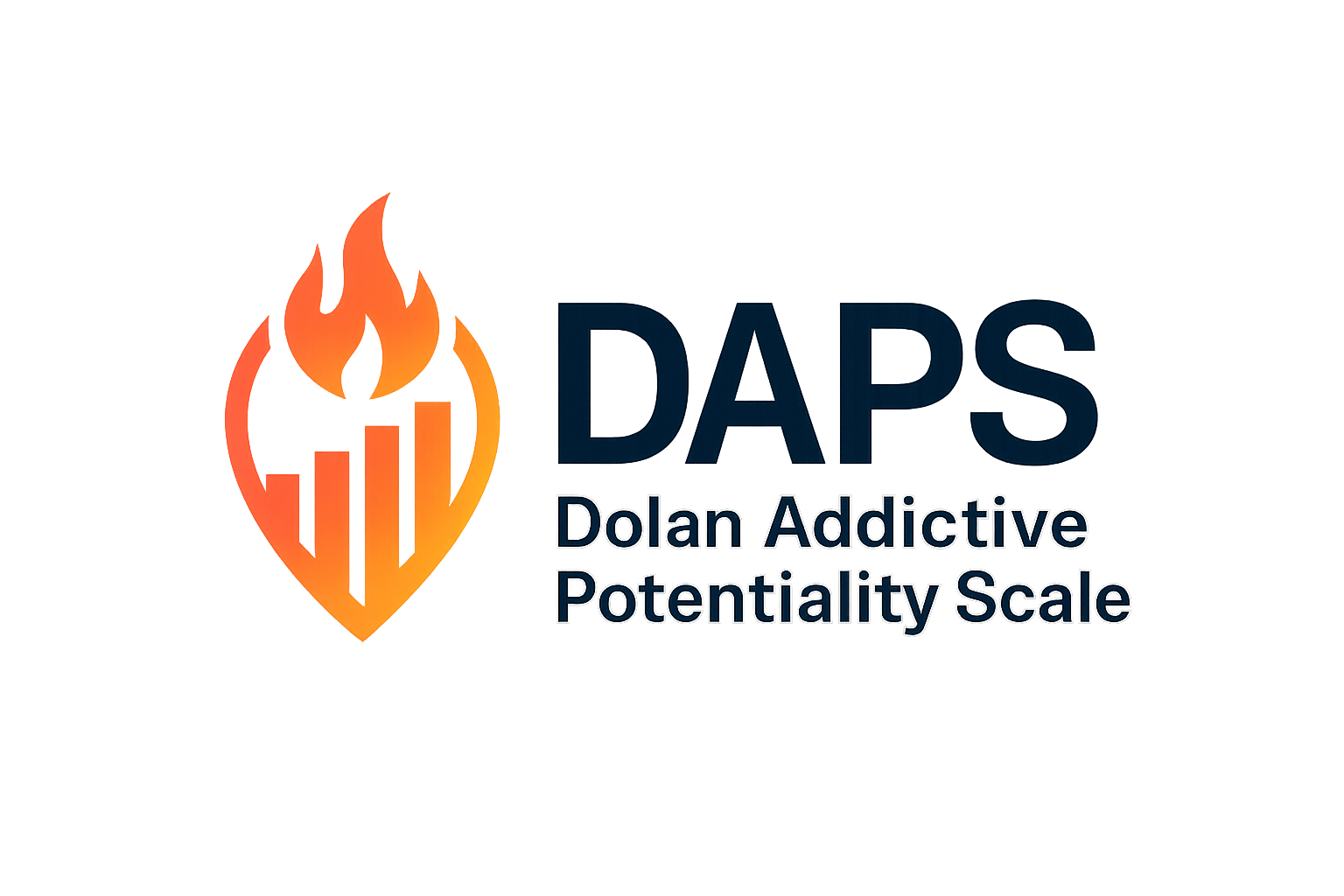What are drugs?
The term "drug" refers to any substance that, when consumed, alters normal bodily function — this may be for therapeutic, recreational, or other purposes. Drugs include legal medicines prescribed by healthcare professionals, over-the-counter medications, as well as illicit or recreational substances.
Many drugs change mood, perception, behavior, or brain chemistry. Some are used safely under medical supervision; others can be misused. Factors like dose, route of administration, and frequency of use influence both short-term effects and long-term risks.
DAPS focuses specifically on addictive potential — a substance's likelihood to produce compulsive use and dependence within populations. Addiction risk is separate from physical toxicity, which is why DAPS suggests an optional DAPS‑D score for acute physiological danger.
Why drugs are dangerous:
- Some drugs can cause physical dependence and severe withdrawal symptoms.
- High doses or certain combinations may cause overdose or long-term organ damage.
- Routes that deliver drug quickly to the brain (smoking, IV) often increase addictive potential and short-term risk.
Always consider that individual vulnerability (genetics, mental health, and social context) changes risk. DAPS Health aims to provide a population-level view of addiction potential and to support harm-reduction and informed decision making.
